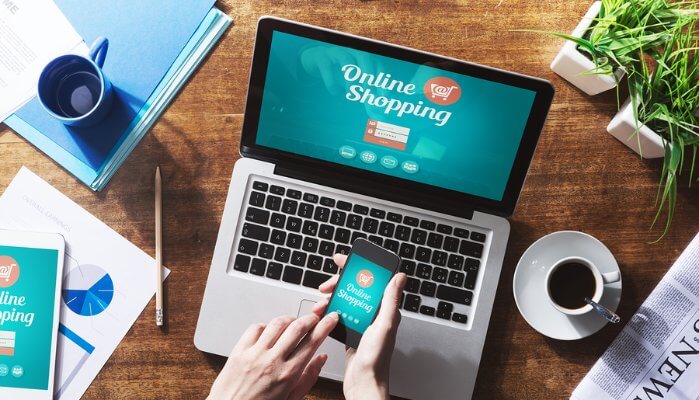Do you have loyal Customers or do your Customers buy from habit?
Mistaking Customers’ habit for loyalty is a common mistake to make. Many organizations think their Customers are loyal only to find out later they are not, typically after they lose them to a competitor. Customers have habits, and habits can be broken. True loyalty, on the other hand, is much tougher to break.
Habits are triggered by a cue that sets in motion a routine. Changing habits requires the identification of the “trigger” for the habit, and then disrupting their “routine.”
When it comes to Customer habits you want to change, using your digital media to create disruption should be a critical part of your strategy.
In a store environment, Customers sometimes resort to habit and go on autopilot when they enter the venue. When we go on autopilot, the routine allows us to rest our minds while we pick up the essentials. Consider an example we can all relate to shopping at the grocery store. Most of us have our preferred brands, and if we are in our usual store, we have habits. We have a routine we go through to find these brands, down to order we have for walking the aisles. We do it subconsciously, putting the items we usually buy in our baskets and moving to the next.
When it comes to engaging intuitive or subconscious shoppers, there are many different ways grocery retailers do it at the store level. From signs about sales, end cap displays, to taste tests and announcements over the intercom, there are many tools employed to break through shoppers’ autopilot haze.
That’s great advice for a grocery retailer, but what about everyone else? It turns out these same principles apply to other retailers also.
Digitally Disrupting Subconscious Shoppers
According to Nielsen.com, disrupting these habits can happen at a digital level. More brands are using their digital strategy to get shopper’s attention—before they are in the routine.
In a study that captured more than 45,000 purchases by more than 18,000 people, Nielsen discovered that about half of habitual brand purchases are not driven by replenishment. Understanding how these purchases are triggered is important to disrupting the habitual purchase.
So what do Customers look for at a digital level? A few things including:
- Deals: 59% looked for sales and coupons, and 28% looked at emails and online offers
- Trip Planning Tools: 27% managed their shopping list, and 26% compared prices
- Product Detail Research: 11% looked for Product benefits; 10% looked at product recipes; 5% looked at nutritional information
Where they look depends on the product for which they will be “shopping.” From social media to coupon sites, to the brand website, there were responses all over the board. Online searches were more memorable, however. Respondents in the survey recalled their online searches for information 7% more than mass advertising.
Capitalizing on the Opportunity
When it comes to digital disruption marketing, it is clear that using an offer or a great deal is a great way to capture the largest percentage of people online with habitual behavior you want to change. But savvy marketers can also take this disruption to the next level. How? Personalization is the key. Personalized offers present a chance for the Customer to engage with your brand in a way mass advertising can’t.
Learning how to personalize the offer requires research. We often talk aboutCustomer personas. These personas are created to represent a group of your Customers that share certain characteristics.
People with similar characteristics want similar things from your product or service. Identifying these characteristic for a group allows you to target an offer that will appeal specifically to the needs of those Customers in a persona group. And while the offer is the same for the whole persona, it is still, for the purposes of the individual represented by it, personalized.
Now you have a double whammy: A personalized offer that breaks through at a time when the Customer isn’t on autopilot. With this strategy, your chances of disrupting their natural habits is far more likely.
Digital Disruption Is an Excellent Strategy
Disruption is a term that used to be negative for business, but entrepreneurs tend to see it as a positive thing. Entrepreneurs wake up in the morning, driven by the idea of turning an industry on its ear.
In a sense, that’s what you are doing with Customer habitual behavior you want to change. A growing body of research points to the use of digital disruption to be the most effective way to change Customer’s buying behavior. It can be the way to take what Customers do habitually and turn it on it’s unconscious ear, giving you a chance to earn their actual, hard to disrupt Customer loyalty.
If you enjoyed this post, you might be interested in the following blogs:
Changing Customer’s Habits
4 Ways to Get Customers To Do What You Want
3 Common Ways Customers Make Decisions
Colin Shaw is the founder and CEO of Beyond Philosophy, one of the world’s leading Customer experience consultancy & training organizations. Colin is an international author of five bestselling books and an engaging keynote speaker.
Follow Colin Shaw on Twitter & Periscope @ColinShaw_CX


